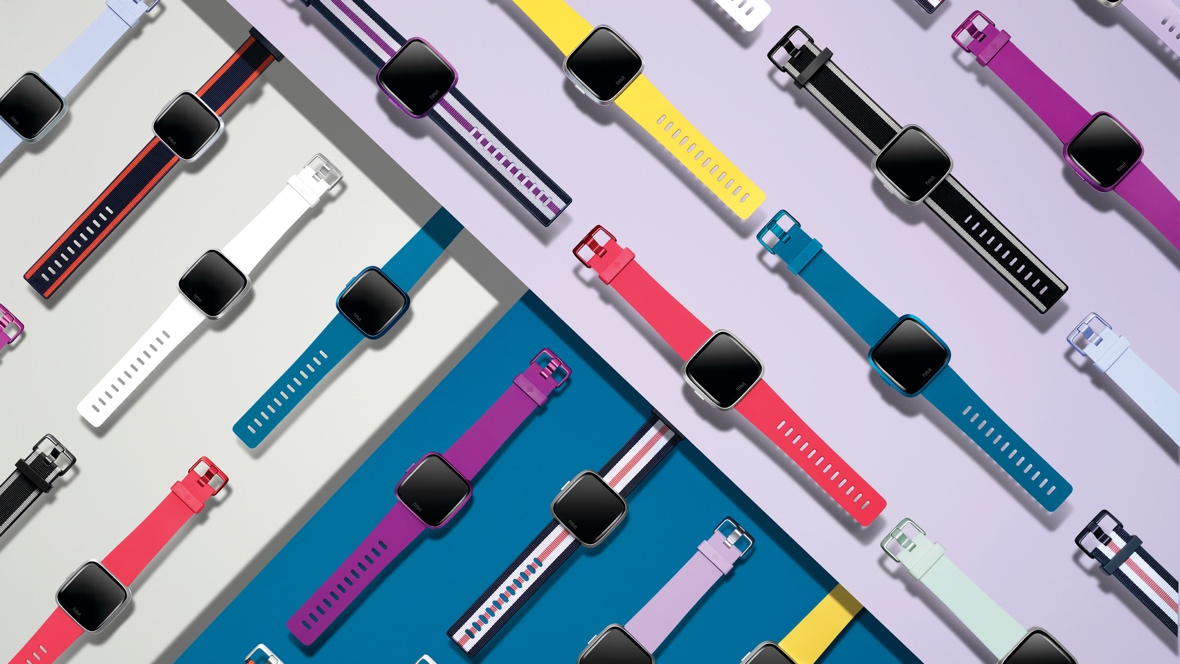Goal: meaningful connections, sharing caregiving responsibilities, and developing community-based solutions.
You are here
The Future of Wearables and Older Adults - report plus May posts
 Wearables are new (now) to most older adults in 2021. But that will change in the coming years as broad market acceptance drives interest among the 65+ population. Adoption will grow as the price points become more affordable; and most important, as the data from wearables becomes more actionable, informative, and predictive of future change. Within five years, doctors will see the benefit in guiding older adults to their usage. Chronic disease monitoring through wearables will see the most substantial growth. And stigma-free and lower cost hearables will provide customizable sound improvements to a far broader population than current hearing aids. Check out the new report: The Future of Wearables and Older Adults 2021. And the other blog posts from May 2021 that drove the report content forward:
Wearables are new (now) to most older adults in 2021. But that will change in the coming years as broad market acceptance drives interest among the 65+ population. Adoption will grow as the price points become more affordable; and most important, as the data from wearables becomes more actionable, informative, and predictive of future change. Within five years, doctors will see the benefit in guiding older adults to their usage. Chronic disease monitoring through wearables will see the most substantial growth. And stigma-free and lower cost hearables will provide customizable sound improvements to a far broader population than current hearing aids. Check out the new report: The Future of Wearables and Older Adults 2021. And the other blog posts from May 2021 that drove the report content forward:
Five wearable tech offerings in 2021. These are not your mother’s pendant or your father’s blood pressure cuff. Today’s wearables, adopted by only a small percentage of older adults, have possibilities for helping many. Research interviews for The Future of Wearables and Older Adults 2021 report, published in June, show notable change in this market. Wearables today have moved beyond the PERS pendant functionality so long marketed to older adults. Today’s devices, whether on ear, hand, or wrist, may incorporate AI, enable personalization, track multiple health attributes, notice change, predict future issues, or even provide guidance for suggested health improvements. Here are five examples discussed with their execs in research interviews -- all content comes from the company website or reviews. Read more.
Five trends driving potential of wearables and older adults. Wearables are nothing new – except in how they are used. The Quantified Self movement, coined as a term in Wired in 2007, simply described the growing interest in tracking those personal characteristics that could be recorded and analyzed by the user of wearable technology. From activity trackers that gained popularity in the past decade, to introduction of smart watches by Apple in 2015, the adoption of wearables by older adults has continued to grow. New products fuel interest about their potential for older adult health-related benefit, such as the Oura Ring, the Apple Watch Series 6 and the Samsung Galaxy Watch 3 Active, or the Bose SoundControl hearing aid. Read more.
Adoption of wearables by older adults -- what are the barriers? For wearables to be useful to older adults, some barriers need to be overcome. As has been the case with other technology innovations that can provide great benefit to seniors, the value of wearables may be great for older adults -- especially when personalized to the characteristics and needs of an individual. However, the implementation and/or data integration may be lacking. And there may be significant concerns about being tracked or where the data resides. Reviewing the impediments to this useful category actually being adopted -- these may include: Read more.
For older adults -- what attributes matter for wearables? Change is ahead. Older adults in 2021 are at the same point of awareness and adoption of wearables as was once the case for Voice First. According to AARP's recent technology survey, most, especially those aged 70+, have not adopted wearables. They may be particularly unfamiliar with those that capture and track health-related status. But that will change, as general market adoption drives interest among older adults and those who care for them. Price points will become more affordable and data will become more actionable, informative, and predictive of future change. As the technology evolves, wearables will be: Read more.

Comments
From Denise Brasse via LinkedIn
Great report from my friend Laurie Orlov. When it comes to #technology for healthy aging, she knows what she's talking about
From Arthur Jue, via LinkedIn
A great report on the Future of Wearables and Older Adults 2021 by Aging and Technology Watch principal analyst, Laurie Orlov.
“Wearables will populate the broadband of healthcare – like Wi-Fi – connecting everyone. – Arthur and Daniel Jue, LiveFreely
From Michael Philips (AARP) via LinkedIn
Wearables usage is expected to continue to grow among the 65+ at a healthy clip, as new (primarily health-related) functionality accelerates. Laurie Orlov's latest research highlights the drivers and opportunities associated with Wearable tech. Amazing data and insights, Laurie!
From Jane Sarasohn-Kahn via LinkedIn
Once again, you created a practical roadmap for tracking a fast-moving market space serving older people. Here’s my take on the report, waxing lyrically about your future/forecasted state...”Wearables are good for older people, too!”